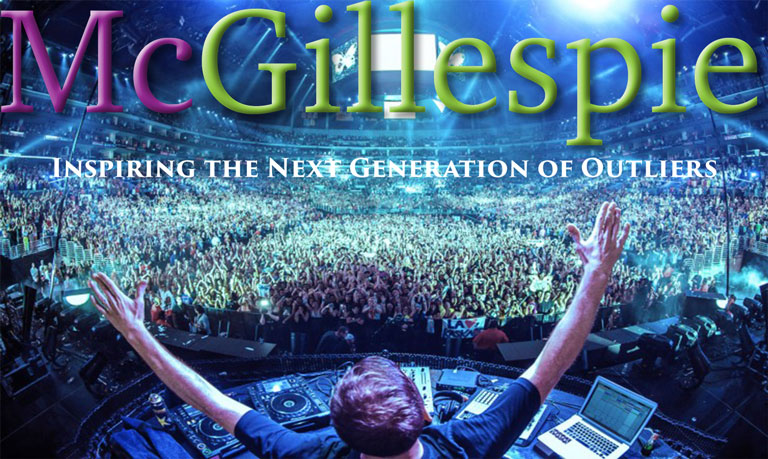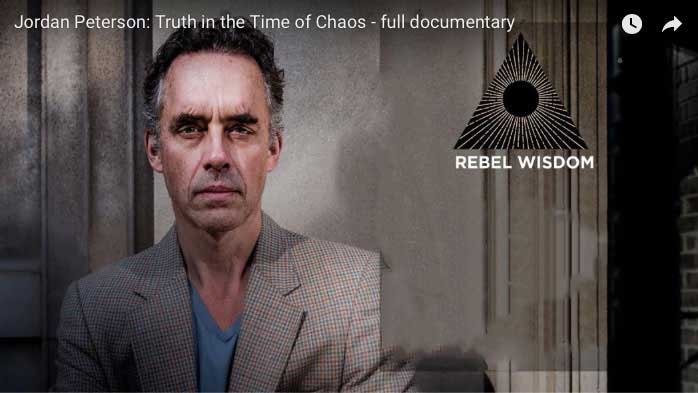By Dr. Mercola
STORY AT-A-GLANCE
- The primary hazard of cellphone radiation is systemic cellular and mitochondrial damage, which threatens health in general and can contribute to any number of health problems and chronic diseases
- Three recent studies add strength to the claim that long-term, heavy cellphone radiation can trigger cancer. EMFs also impair reproductive function in men and women, and have neurological effects
- Serving as an illustrative warning is the case of a young woman with no risk factors for cancer who developed multifocal breast cancer directly beneath the area where she’d been tucking her cellphone into her bra
- Risk factors for electromagnetic hypersensitivity include spinal cord damage, whiplash, brain damage, concussion, chemical and heavy metal toxicity, impaired immune function and bacterial or parasitic infections such as Lyme
- You can reduce your exposure by shutting off your Wi-Fi at night, keeping cellphones away from your sleeping area, using the speaker phone and not carrying your cellphone on your body
Mankind evolved on a planet where background microwave radiation was infinitesimal. Today, most live in a sea of microwave radiation and radio frequencies (RF) emitted from wireless technologies — routers, smartphones, tablets, baby monitors, smart TVs, appliances, smart meters and more.
Globally, there are now more than 6 billion cellphone subscriptions, which means we’re nearing the point where every single person on the planet has one of these devices, and most now get their first cellphone or tablet at a very early age.
According to the Pew Research Center, 90 percent of adults say their phone is frequently with them and rarely turned off. Americans are so attached to their smartphones and social networks that they check Facebook and Twitter an astounding 17 times each day on average, and many teens spend a mind-boggling nine hours a day on social media.
Many experts now warn that chronic, heavy exposure to these electromagnetic fields (EMFs) could be having severe repercussions for our health, especially that of children, who are being exposed in utero.
Fetuses and young children have never before been exposed to this level of pulsed radiation, and it’s still too early to determine the exact extent of the harm, as it may take decades for effects to manifest.
In recent years, it’s become increasingly clear that mitochondrial dysfunction is at the root of most chronic disease, so in terms of public health, the effects of chronic EMF exposure may be far more profound than currently suspected.
We may not only face an avalanche of brain cancer in coming decades but also heart disease, neurological disorders, infertility and newly identified disorders such as electromagnetic hypersensitivity (EHS).
Generation Zapped
The featured documentary, “Generation Zapped,” investigates the potential health consequences of today’s wireless world, noting microwave radiation “is a very real environmental pollutant.”
The film opens up with the late Martin Blank, Ph.D., who was an associate professor of physiology and cellular biophysics at Columbia University, who points out one of the most obvious reasons EMFs may cause physical harm, and that is because your body is bioelectrical. Many of your bodily processes involve the transmission of electric signals, and external interference can disrupt those signals.
As explained by Dr. Jonathan Samet, director of the Institute on Inequalities in Global Health at the University of Southern California, radiation can be divided into ionizing radiation and nonionizing radiation, the former having sufficiently high energy to break up molecules as it passes through your tissues.
EMFs have much lower energy, which is why the cellular industry has insisted cellphones and other wireless technologies have no biological effects. Alas, mounting science reveals this simply isn’t true.
Evidence of Carcinogenicity
The mobile industry’s own research in the 13-country Interphone study showed a 40 percent increased risk of brain cancer from 1,640 or more hours of cellphone use, and independent Swedish research published in 2007 showed a 540 percent increased risk of brain cancer from greater than 2,000 hours of cellphone use.
An analysis of known mechanisms of action, including DNA effects, was also published in November 2010 in “Non-Thermal Effects and Mechanisms of Interaction Between Electromagnetic Fields and Living Matter.”
Importantly, EMFs have been shown to increase oxidative stress, which can damage cell membranes and proteins, and break DNA bonds. EMFs also decrease ATP — the energy currency in your body, without which your cells cannot function properly.
Samet is familiar with the evidence against cellphone radiation, having served as chairman of the International Agency for Research on Cancer working group, which in 2011 classified RF-EMFs as a Class 2B “possible human carcinogen” based on the available evidence.
At the time, Samet said, “The conclusion means that there could be some risk, and therefore we need to keep a close watch for a link between cell phones and cancer risk.” Since then, the evidence has only grown stronger. Most recently, two government-funded studies — one on mice and one on rats — found evidence of heart tumors and damage to the brain and DNA.
This $25 million research, conducted by the National Toxicology Program (NTP) is said to be the most extensive to date, and it confirms that the heart and brain are key areas affected by high, chronic EMF exposure.
The connection between cellphone radiation and cancer became even stronger when the respected Ramazzini Institute in Italy published its lifetime exposure findings, effectively duplicating the NTP’s findings.
According to Fiorella Belpoggi, director of research at the Ramazzini Institute and the study’s lead author, RF radiation from cellphones should probably be classified as a “probable” human carcinogen rather than a “possible” carcinogen.
Carrying Your Cellphone on Your Body Is a Dangerous Habit
The filmmakers’ interview a woman named Donna, who developed multifocal breast cancer after habitually carrying her cellphone tucked into her bra. She had no family history or other predisposing risk factors for breast cancer.
Two cancer specialists, Robert Nagourney and John West, concluded her cellphone was the most likely cause, as the distribution of the cancerous cells lined up perfectly with the shape of her phone. Donna is far from alone in this habit. Many young women keep their phones in their bra for convenience.
As a general rule, you’ll want to avoid carrying your phone anywhere on your body. Breast cancer and heart problems are but two possible outcomes when carrying your phone in your breast pocket or bra. Research published in 2009 found that wearing a cellphone on your hip may weaken your pelvis.
Using an X-ray technique used in the diagnosis and monitoring of patients with osteoporosis, researchers measured pelvic bone density in 150 men who regularly carried their cell phones attached to their belts. The men carried their phones for an average of 15 hours each day and had used cell phones for an average of six years.
The researchers found that bone mineral density was lowered on the side of the pelvis where the mobile phones were carried, raising the possibility that bone density could be adversely affected by cellphone radiation.
Cellphone Radiation Affects Fertility and Can Triple Risk of Miscarriage
Studies have also linked RF-EMF exposure and impaired fertility in men, finding it lowers sperm count and the quality and motility of sperm. One such study, published in PLOS One found that:
“RF-EMR in both the power density and frequency range of mobile phones enhances mitochondrial reactive oxygen species generation by human spermatozoa, decreasing the motility and vitality of these cells while stimulating DNA base adduct formation and, ultimately DNA fragmentation.
These findings have clear implications for the safety of extensive mobile phone use by males of reproductive age, potentially affecting both their fertility and the health and well-being of their offspring.”
Wi-Fi equipped laptops have been linked to sperm DNA fragmentation after just four hours of use. Blank also cites research suggesting cellphone radiation creates DNA mutations in the sperm, and that these mutations appear to be yet
Read the Whole Article
Do you find these posts helpful and informative? Please CLICK HERE to help keep us going!













